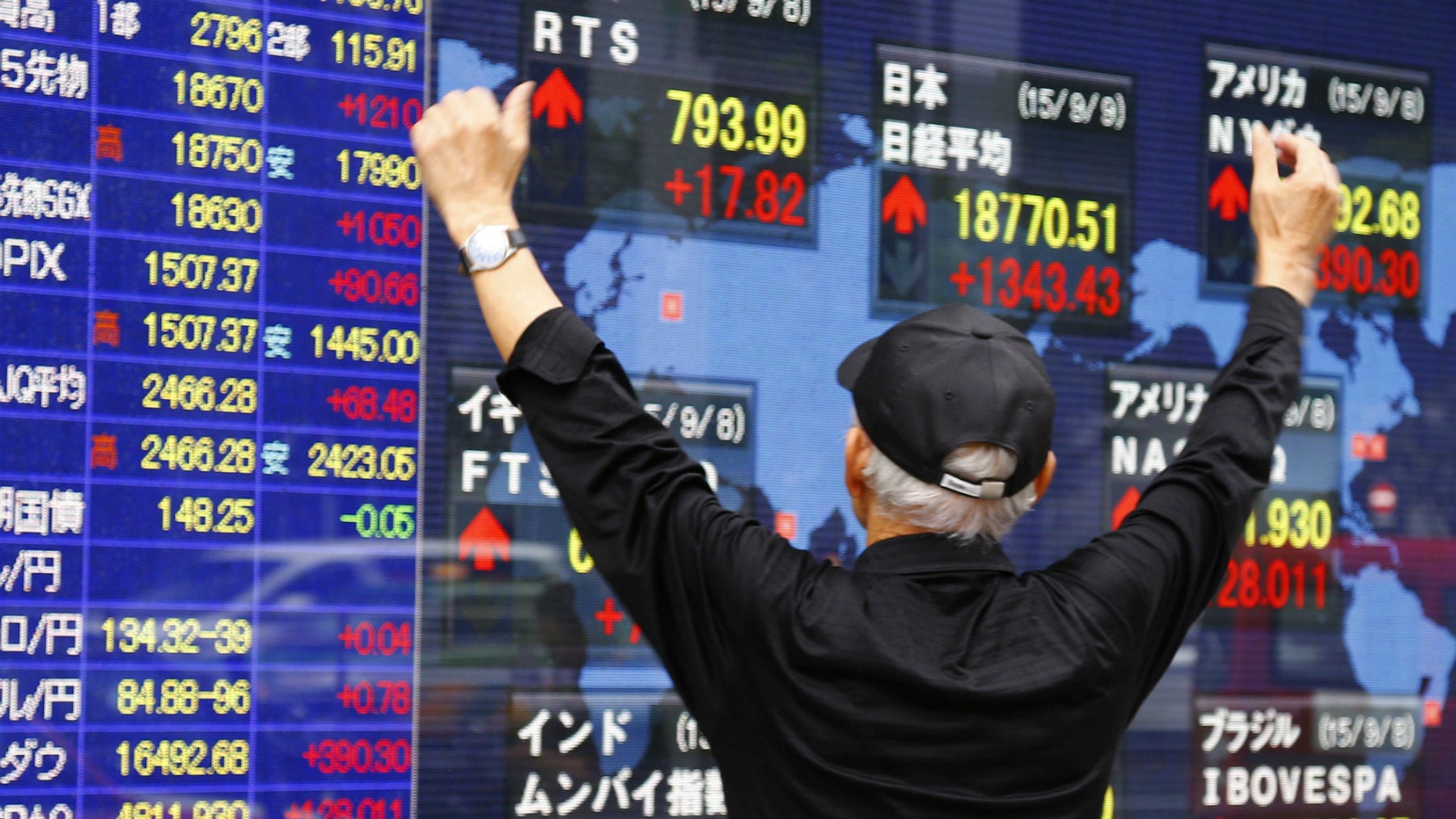Japanese stocks have quietly outperformed almost everything else this year
The Nikkei 225 has been a world-beater this year.


The Nikkei 225 has been a world-beater this year.
Despite the country’s stop-and-start economy (four recessions in five years), Japan’s benchmark index has managed to best major indices from across the globe as its firms continue to reap the benefit of a weak currency and a hyper-accommodative central bank.
The index is up about 10% in local currency terms, beating the S&P 500 (flat), the STOXX 600 index in Europe (up 7%), and bested only by China’s SSE Composite (up 13%). In US dollar terms it looks even better, with the Nikkei out-gaining all of them. Also, keep in mind that the Nikkei was one of the last indices to get taken under by the global market meltdown in August, and it has since rebounded nicely.
After years of low rates, investors continue to look for places to stash their cash, and Japan has been a huge beneficiary. Foreign investor funds have been earnestly flowing into the country in 2015, continuing a trend that started last year. Japan had a ¥2.3 trillion ($18.8 billion) portfolio investment surplus in September, an amount bested only by March’s ¥2.5 trillion ($20.4 billion) in recent history.
What’s drawing them there? For one, prime minister Shinzo Abe has made a big deal (paywall) about shaking up Japanese corporate culture to be friendlier to shareholders under his so-called “Abenomics” program. For instance, US-based activist investor Dan goaded robotics firm Fanuc into creating an shareholder relations department last year (paywall) despite having been public since 1976.
And despite his battle with Sony ending in defeat last year, Loeb praised the company’s stodgy management for loosening up a little bit.
“While, regrettably, the Company rejected our partial spin‐out suggestion, they made some changes that were consistent with our goals,” he wrote in a letter to investors (pdf) with his Third Point hedge fund. “In the Entertainment business in particular, Sony has cut costs, improved its dialogue with investors, and undertaken key management changes.”
Another factor? Profits. Under Abenomics, the country has returned to boasting the occasional trade surplus and Japanese firms are making money hand over fist and attracting global investor attention in the process.
And even if the rest of the Japanese economy can’t catch a break, its corporations are doing okay: so-called “ordinary profits”, or operating income adjusted for non-operating gains or losses, are making up an ever-increasing percentage of GDP, up to 16% in the second quarter.
In the background of all this is the Bank of Japan. It expanded its already-expansive monetary stimulus program earlier this year, but falling inflation and tepid economic growth have investors expecting it to go even further. And if BoJ president Haruhiko Kuroda were to do so, there’s speculation that one avenue might be increasing its allocation of ETF purchases, which would push the Japanese stock market even higher.
Just last week (Dec. 18), the central bank expanded its ETF program a bit, though not nearly to investors’ satisfaction, whipsawing shares in the process. And though there’s pressure on the BoJ to step harder on its monetary gas pedal, it doesn’t always yield to that pressure, as Nomura noted to clients in October just before the central bank disappointed investors by not providing more stimulus:
Although recent share price rises look to have dampened expectations for monetary easing somewhat, the same was also true in October 2014, when the BOJ nevertheless went ahead with additional monetary easing, on which basis it remains difficult to gauge what criteria the BOJ might use to change its monetary policy.